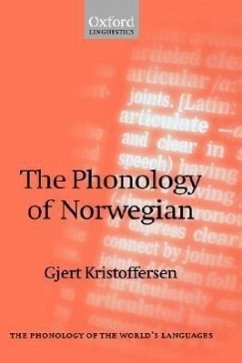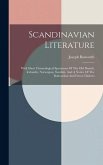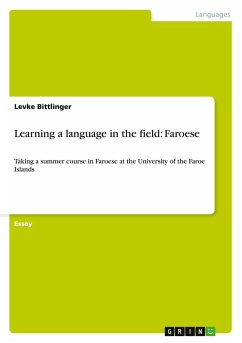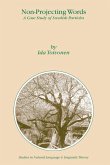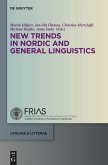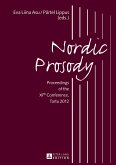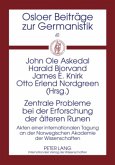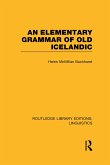A the end of the fourteenth century, Norway, having previously been an independent kingdom, became by conquest a province of Denmark and remained so for three centuries. In1814, as part of the fall-out from the Napoleonic wars, the country became a largely independent nation within the monarchy of Sweden. By this time, however, Danish had become the language of government, commerce, and education, as well as of the middle and upper classes. Nationalistic Norwegians sought to reestablish native identity by creating and promulgating a new language based partly on rural dialects and partly on Old Norse. The upper and middle classes sought to retain a form of Norwegian close to Danish that would be intelligible to themselves and to their neighbours in Sweden and Denmark. The controversy has gone on ever since. One result is that the standard dictionaries of Norwegian ignore pronunciation, for no version can be counted as 'received'. Another is that there has been considerable variety and change in Norwe
The Norwegian language has undergone considerable change in the last 180 years. In this book, Gjert Kristoffersen, arguably the best Norwegian phonologist, provides readers with an original analysis of the ways in which the sounds and meanings of competing languages may change and evolve.
Hinweis: Dieser Artikel kann nur an eine deutsche Lieferadresse ausgeliefert werden.
The Norwegian language has undergone considerable change in the last 180 years. In this book, Gjert Kristoffersen, arguably the best Norwegian phonologist, provides readers with an original analysis of the ways in which the sounds and meanings of competing languages may change and evolve.
Hinweis: Dieser Artikel kann nur an eine deutsche Lieferadresse ausgeliefert werden.

